The candidates may check out the UGC NET Library Science syllabus 2023 and also get to know its exam pattern, marks, distribution, key topics and best books for preparation. The resources help them prepare well and crack teh UGC NET Lib.Science exam on their first try.
Table of Contents
UGC NET Library Science Syllabus 2023 provides the candidates with all the topics that need to be covered to crack the UGC NET Library Science examination. The prescribed UGC NET Library Science Syllabus 2023 has a total of 29 units.
The University Grants Commission National Eligibility Test (UGC NET) examination is conducted by the NTA twice a year. The exam is held for a total of 82 subjects.
The candidates who qualify for UGC NET are eligible to apply for the post of Lecturer and can join as Junior Research Fellow in institutions across India. The latter, JRF, is offered only for candidates who achieve the set JRF mark and above.
UGC NET Library Science Syllabus 2023
UGC NET Library Science syllabus 2023 that includes the unit-wise breakdown and key topics that must be covered for the examination are tabulated below. Candidates should prepare consistently to crack the exam with a great score. Check the detailed UGC NET syllabus here.
Unit 1
- Data, Information, Knowledge and Wisdom.
- Information Life Cycle - Generation, Collection, Storage and Dissemination.
- Role of Information in Planning, Management, Socio-economic, Cultural, Educational and Technological Development.
- Information Science - Relationship with other subjects, Information Society and Knowledge Society.
- Communication – Concept, Types, Theories, Models, Channels and Barriers; Trends in Scholarly Communication.
- Information Industry - Generators, Providers and Intermediaries.
- IPR and Legal Issues - Categories, Conventions, Treaties, Laws.
- Plagiarism: Concept and Types.
- Right to Information Act (RTI); Information Technology Act.
- National Knowledge Commission; National Mission on Libraries.
Unit 2
- Historical Development of Libraries in India; Committees and Commissions on Libraries in India.
- Types of Libraries – Academic, Public, Special and National.
- Library Legislation and Library Acts in Indian States; The Press and Registration of Books Act; The Delivery of Books and Newspapers (Public Libraries) Act.
- Laws of Library Science.
- Library and Information Science Profession - Librarianship as a Profession, Professional Skills and Competences; Professional Ethics.
- Professional Associations - National – ILA, IASLIC, IATLIS; International – IFLA, ALA, CILIP, ASLIB, SLA; Role of UGC, RRRLF and UNESCO in Promotion and Development of Libraries.
- Library and Information Science Education in India.
- Library Public Relations and Extension Activities
- Type of Users - User Studies, User Education
- Information Literacy - Areas, Standards, Types and Models; Trends in Information Literacy.
Unit 3
- Information Sources - Nature, Characteristics, Types and Formats.
- Sources of Information - Primary, Secondary and Tertiary; Documentary and Non-Documentary.
- Primary Information Sources (Print and Electronic) - Journals, Conference Proceedings, Patents, Standards, Theses & Dissertations, Trade Literature.
- Secondary Information Sources (Print and Electronic) - Dictionaries, Encyclopedias, Bibliographies, Indexing & Abstracting, Statistical sources, Handbooks and Manuals.
- Tertiary Information Sources (Print and Electronic)- Directories, Year Books, Almanacs.
- Reference Sources - Bibliographical, Biographical, Educational, Language and Geographical.
- Electronic Information Resources - Subject Gateways, Web Portals, Bulletin Boards, Discussion Forums /Groups.
- Databases: Bibliographic, Numeric, Full text, Multimedia; Open Access Databases.
- Institutional and Human Resources.
- Evaluation of Reference Sources and Web Resources.
Unit 4
- Community Information Services.
- Reference Service – Concept and Types; Referral Services
- Alerting Services - CAS, SDI, Inter Library Loan and Document Delivery.
- Mobile based Library Services and Tools – Mobile OPAC, Mobile Databases, Mobile Library Website, Library Apps, Mobile Library Instructions, Augmented Reality, SMS Alerts, Geo-Location, Reference Enquiry.
- Web 2.0 and 3.0 - Library 2.0- Concept, Characteristics, Components; Instant Messaging, RSS Feeds, Podcasts, Vodcasts, Ask a Librarian
- Collaborative Services- Social Networks, Academics Social Networks, Social Tagging, Social Bookmarking.
- Web – Scale Discovery Services
- National Information Systems and Networks: NISCAIR, DESIDOC, SENDOC, ENVIS, INFLIBNET, DELNET, NICNET, ERNET, National Knowledge Network (NKN), Biotechnology Information System Network
- International Information Systems and Networks: INIS, AGRIS, INSPEC, MEDLARS, BIOSIS, ERIC, Patent Information System (PIS), Biotechnology Information System (BIS).
- Library Resource Sharing and Library Consortia – National and International
Unit 5
- Universe of Knowledge - Nature and Attributes; Modes of Formation of Subjects.
- Knowledge Organisation - Classification – Theories, Cannons, and Principles; Simple Knowledge Organisation System (SKOS), Taxonomies, Folksonomy, Trends in Classification.
- Mapping of Subjects in Library Classification Schemes – DDC, UDC and CC.
- Knowledge Organisation: Cataloguing - Cannons and Principles; Centralized and Co-operative Catalogue; Library Cataloguing Codes: CCC and AACR - II.
- Standards of Bibliographic Record Formats and Description – ISBD, MARC 21, CCF, RDA, FRBR, Bibframe.
- Standards for Bibliographic Information Interchange & Communication – ISO 2709, Z39.50, Z39.71.
- Metadata Standards: Dublin Core; MARC21, METS, MODES, EAD.
- Indexing Systems and Techniques: Assigned - Pre-coordinate; Post-Coordinate; Derived- Title-based; Vocabulary Control.
- Abstracting – Types and Guidelines.
- Information Retrieval System – Features, Components, Models and Evaluation.
Unit 6
- Management - Principles, Functions and Schools of thought.
- Library and Information Centers Management - Book Selection Tools and Principles; Library Acquisition, Technical Processing, Circulation, Serial Control, Maintenance and Stock Verification; Preservation and Conservation; Hazards and Control Measures of Library Materials.
- Human Resource Management – Planning, Job Analysis, Job Description, Job Evaluation, Selection, Recruitment, Motivation, Training and Development, Performance Appraisal; Staff Manual.
- Financial Management in Libraries - Sources of Finance, Resource Mobilisation, Budgeting Methods; Cost Effective and Cost Benefit Analysis, Annual Reports & Statistics; Library Authority and Committee.
- Project Management - SWOT, PEST, PERT / CPM.
- Total Quality Management (TQM) - Concepts, Principles and Techniques, Six Sigma; Evaluation of Services of Libraries and Information Centers.
- Library Building, Furniture and Equipments; Green Library Building; Information Commons; Makers Space; Security and Safety.
- Management Information System (MIS), MBO, Change Management, Disaster Management, Crisis Management.
- Knowledge Management – Principles, Tools, Components and Architecture.
- Marketing of Library Products and Services – Plan, Research, Strategies, Mix, Segmentation, Pricing and Advertising; Management Consultancy
Unit 7
- Computer Technology - Character Representation (ASCII, ISCII, Unicode); Computer Hardware, Software; Storage Devices; Input and Output Devices.
- Types of Software - System Software, Application Software.
- Programming Languages – Object Oriented, Procedural, High Level, Scripting; Web Languages.
- Telecommunication - Transmission Channels, Mode, and Media, ISDN, PSDN, Multiplexing, Modulation, Standards and Protocols.
- Wireless Communication – Media, Wi-fi, Li-fi, Satellite Communication, Mobile Communication.
- Computer Networks - Topologies, Types of Networks – LAN, MAN, WAN.
- Internet - Web browsers, WWW, E-mail; Search Engines, Meta and Entity Search engines.
- Internet Protocols and Standards – HTTP, SHTTP, FTP, SMTP, TCP/IP, URI, URL.
- Hypertext, Hypermedia, Multimedia, Video conferencing, Virtual Reality, Augmented Technologies.
- Data Security, Network Security, Firewalls, Cryptographic Techniques, Anti-virus software, Anti-spyware, Intrusion Detection System.
Unit 8
- Library Automation – Areas, Planning, Selection of Hardware and Software, Implementation and Evaluation; Standards for Library Automation.
- Barcode, RFID, QR Code, Biometric, Smartcard: Features and Applications.
- Digitization – Planning, Selection of Materials, Hardware, Software, Process, Issues.
- Digital Library: Genesis, Characteristics, Types, Architecture; Standards, Formats and Protocols, DOI.
- Digital Preservation - Need, Purpose, Standards, Methods, Techniques, Projects (National and International).
- Digital Library Initiatives – National and International.
- Institutional Repositories - Need, Purpose, Types and Tools; Institutional Repositories in India; ROAR, DOAR, SHARPA-ROMIO.
- Content Management Systems – Architecture, Data Integration, CMS Software – Selection, Implementation and Evaluation.
- Application of Artificial Intelligence, Expert Systems and Robotics in Libraries; Social Mobile Analytics Cloud (SMAC); Cloud Computing.
- Ontology – Tools (RDF, RDFS, Potege); Semantic Web, Linked Data, Big Data, Data Mining, Data Harvesting.
Unit 9
- Research - Concept, Purpose, Functions, Scope and Ethics; Types of Research – Basic and Applied, Interdisciplinary and Multidisciplinary.
- Research Methods: Historical, Descriptive, Experimental and Delphi
- Research Design - Selection of Research Problem, Review of Literature; Formulation of Research Problem; Hypothesis – Formulation, Types and Testing; Sampling Techniques.
- Methods of Data Collection: Questionnaire, Interview, Observation, Library Records, Scales and Checklist.
- Data Analysis and Interpretation - Presentation of Data; Statistical Methods/ Techniques.
- Statistical Packages – Spreadsheet, SPSS, Bibexcel, ‘R’ Statistics.
- Research Report Writing and Citation Tools – Structure, Style, Contents, Guidelines; Style Manuals; Online Citation Tools; Reference Style Management Tools; Antiplagiarism Tools; Evaluation of Research Report.
- Metric Studies in LIS - Bibliometrics, Scientometric, Webometrics, Altmetrics;
- Impact Factors – Journal, Institutional and Authors; h-Index, g-Index, i10 Index.
- Trends in Library and Information Science Research.
Unit 10
- Academic Library and Information System.
- Public Library and Information System.
- Special Library and Information System.
- Health Science Library and Information System.
- Corporate Library and Information System.
- Agricultural Library and Information System.
- Engineering and Technological Library and Information System.
- Archive, Museums and Oriental Libraries.
- Community Information System.
- Information Services and System for Persons with Disability, Children and Women.
Exam Pattern of UGC NET Library Science
The UGC NET Library Science examination will be held online in CBT (Computer Based Test) mode. The following tabulation is the UGC NETexam pattern for Library Science.
| Particulars | Details |
| Exam Mode | Computer Based Test |
| Exam Duration | 3 hours (180 minutes) |
| Papers | 2 Papers |
| Types of questions | Multiple Choice Questions |
| Total Number of questions | 150 |
| Total Marks | 300 |
| Negative Marking | No negative marking |
Marks Distribution of UGC NET Library Science
The marks distribution of the two UGC NET Library Science papers is mentioned below. The exam has no negative marking for incorrect and unanswered questions.
| Paper | Section | Type Of Question | Number of Questions | Distribution of Marks | Total Marks |
| Paper I | General Paper on Teaching and Research Aptitude | MCQ | 50 | 50 x 2 | 100 |
| Paper II | Library and Information Science | MCQ | 100 | 100 x 2 | 200 |
| Total | 150 | - | 300 | ||
Key Topics of UGC NET Library Science
The important UGC NET Library Science areas and their weightage are mentioned below. Candidates must pay extra attention to these key areas and prepare well to achieve a good score in the examination.
| Topics | Weightage |
| Data and Information | 1-20 |
| Intellectual property rights and library information science policy at the national level | 3-4 |
| Laws of library science | 5-7 |
| Library legislation and LIS education in India | 5-7 |
| Library Associations in India and at the international level | 4-5 |
| Sources and types of information | 3-4 |
| Library classification and cataloguing schemes | 4-5 |
| Library management and administration | 2-3 |
| Use of ICT in Libraries | 5-6 |
| Library automation | 2-3 |
| National and international information systems | 4-6 |
| Emerging Trends in Libraries | 3-4 |
| Networking and Internet protocols | 2-3 |
| Knowledge Management | 2-3 |
| Concept, Principle, and Scope of Inclusive Education | 3-4 |
| Barriers and Facilitators in Inclusive Education | 2-3 |
| Raja Ram Mohan Roy Library foundation | 1-2 |
| Research methods in LIS | 2-3 |
| Type of libraries and use | 3-4 |
| Reference sources and services | 2-4 |
Best Books for UGC NET Library Science Preparation
The quality of books used for UGC NET preparation is vital to the success of the candidates in the examination. We have compiled the best books for UGC NET Library Science preparation here. With the support of these and a proper preparation strategy, the candidates can ace the UGC NET exam.
| Name of the Book | Name of the Author | Name of the Publisher |
| Theory of Classification | Krishan Kumar | S Chand |
| Library Administration: Theory and Practice | R L Mittal | Ess Ess Publications |
| Colon Classification by S R Ranganathan | S R Ranganathan | Ess Ess Publications |
| Theory of Cataloguing | G Kumar and K Kumar | Vikas Publishing House |
| An Introduction To Library Classification | W C B Sayers | Forgotten Books |
| Library Automation: Design, Principles and Practice | L J Haravu | Allied Publishers Pvt Ltd |
| The Five Laws of Library Science | S R Ranganathan | Ess Ess Publications |
| Research Methods in Library and Information Science | Krishan Kumar | Har-Anand Publications Pvt. Ltd. |
| Introduction to Modern Information Retrieval | G G Chowdhury | Facet Publishing |
| Trueman’s UGC NET/ SET Library and Information Science | S Thakur | Danika Publishing House |
| An Objective Approach To Library and Information Science (3000+ most expected MCQs) for NTA UGC-NET/ SET/ KVS/ RSSB/ DSSSB | Dr Amit Kishore | AKB Publication |
| A Conceptual Approach To Library and Information Science for NTA UGC-NET/ SET/ KVS/ RSSB/ DSSSB | Dr Amit Kishore | AKB Publication |
| R Gupta’s Popular Master Guide UGC-NET Library and Information Science Paper II | Ravindra Pandey | Ramesh Publishing House |
| NTA UGC NET/ JRF/ SET Paper 2 Library and Information Science | Aditya Raj & Kanika Khandelwal Nandini Sharma, Farah Sultan | Arihant |
| R Gupta’s NTA UGC-NET Library and Information Science Previous Years’ Papers | RPH Editorial Board | Ramesh Publishing House |
| Library and Information Science for UGC-NET, SLET and Other Competitive Examination Objective Type Questions | D K Pandey | Atlantic Publishers & Distributors Pvt. Ltd. |
| A Comprehensive Study in Library & Information Science for UGC NET/ SLET, PhD Entrance, KVS, NVS, DSSSB, RSMSSB & other competitive exams (as per UGC syllabus a multiple choice and conceptual approach) | Niranjan Singh | Y K Publishers |
Read More: UGC NET Books

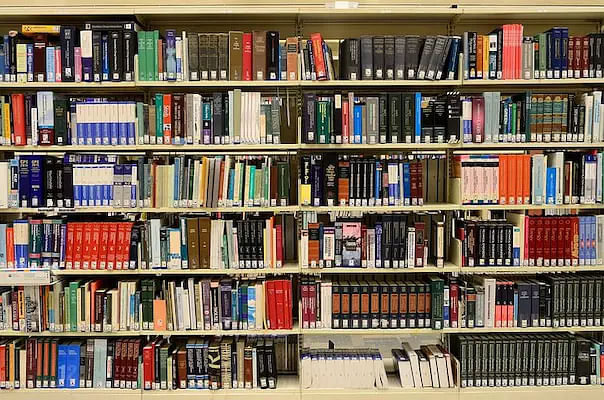



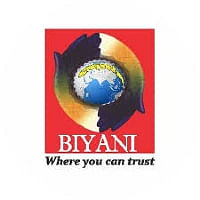
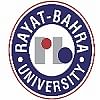
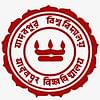
![Bharathiar University, [BU] Coimbatore](https://media.getmyuni.com/azure/college-image/small/bharathiar-university-bu-coimbatore.jpg)


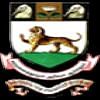

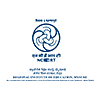

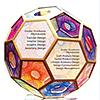

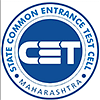
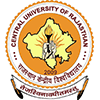


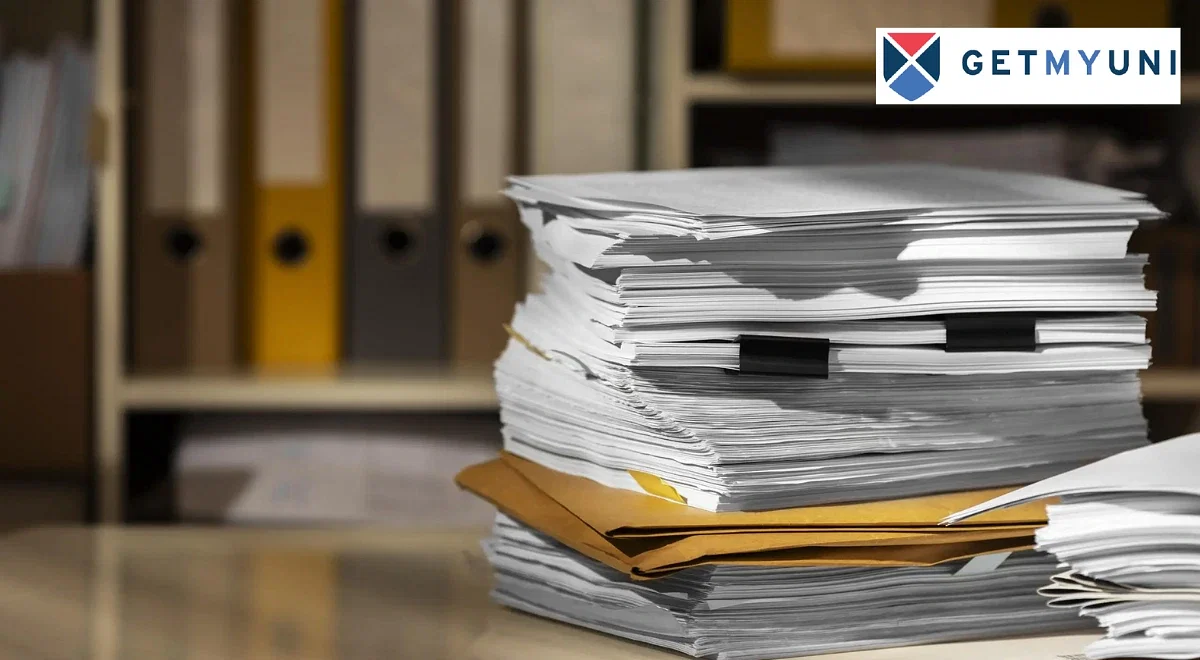


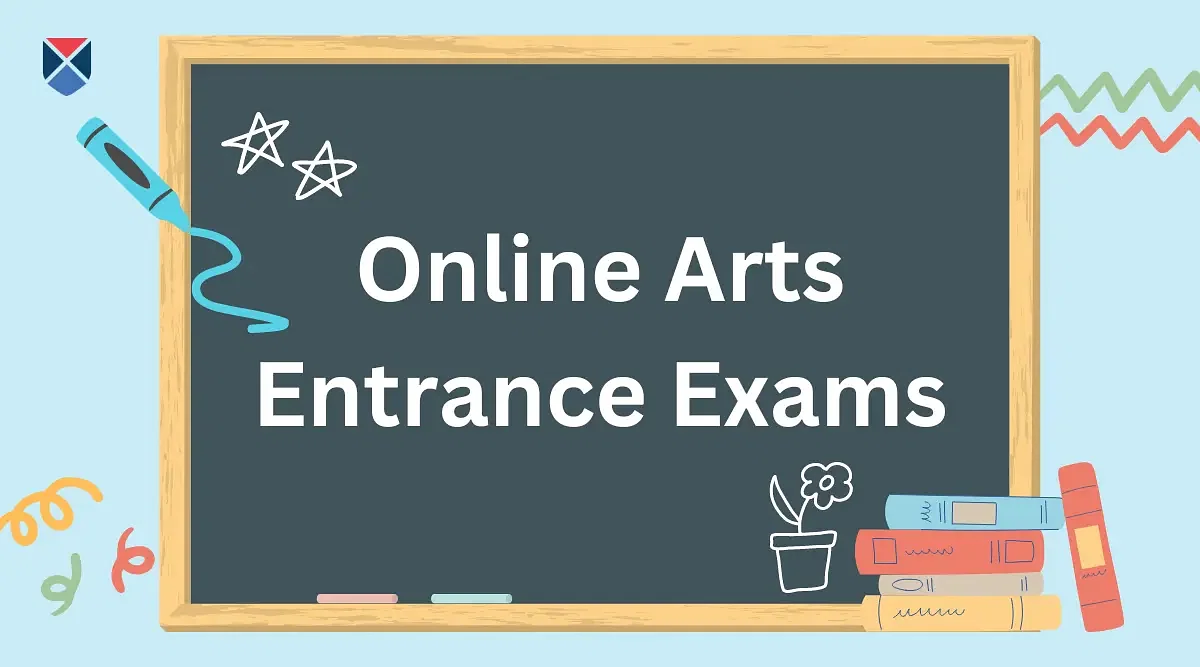
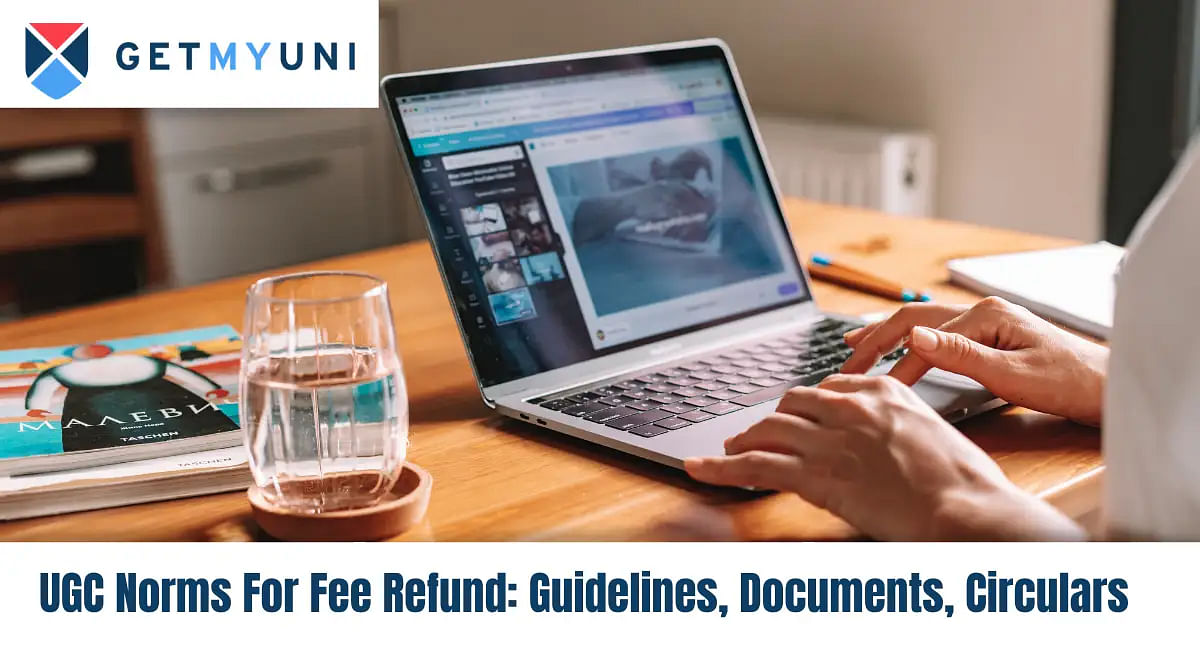
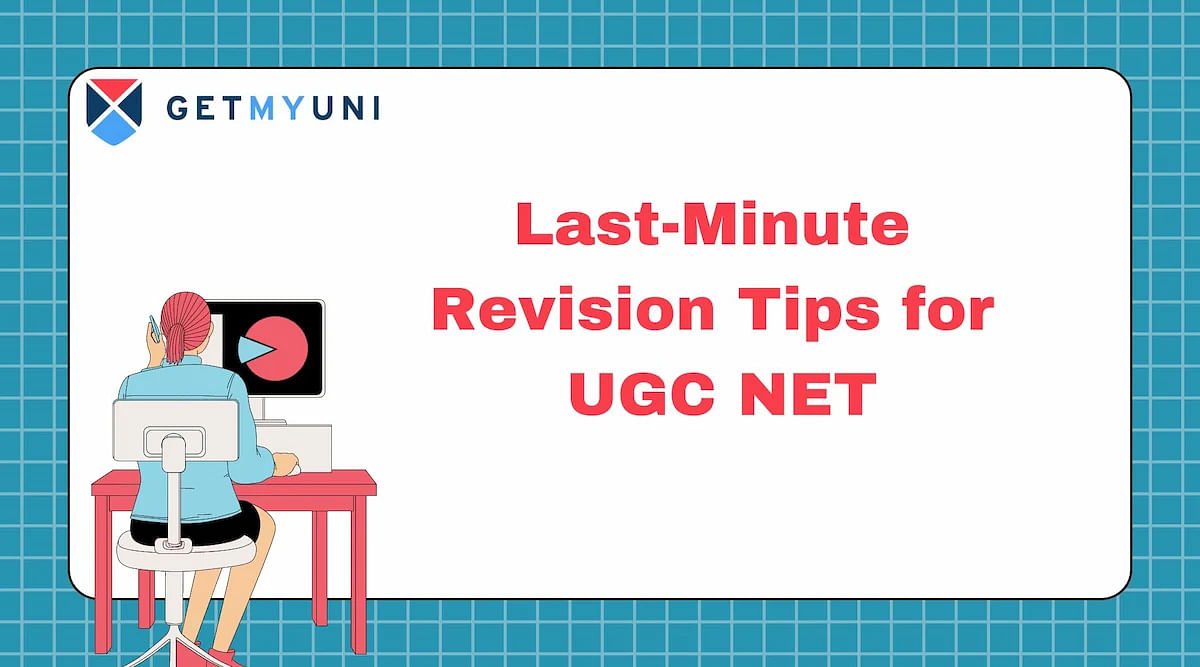





POST YOUR COMMENT